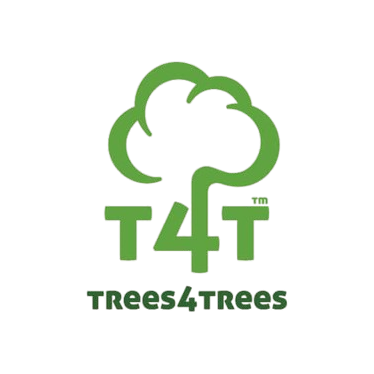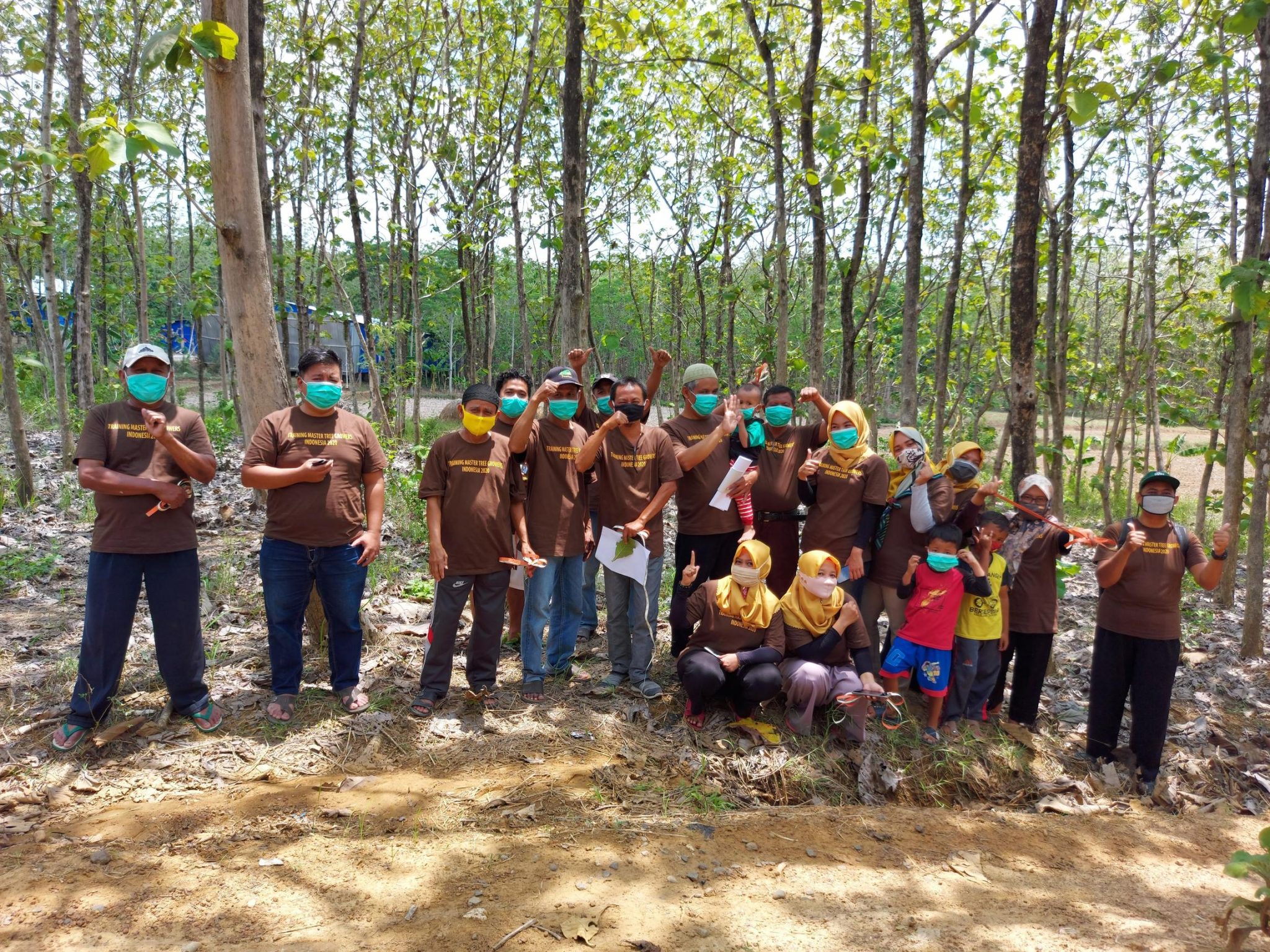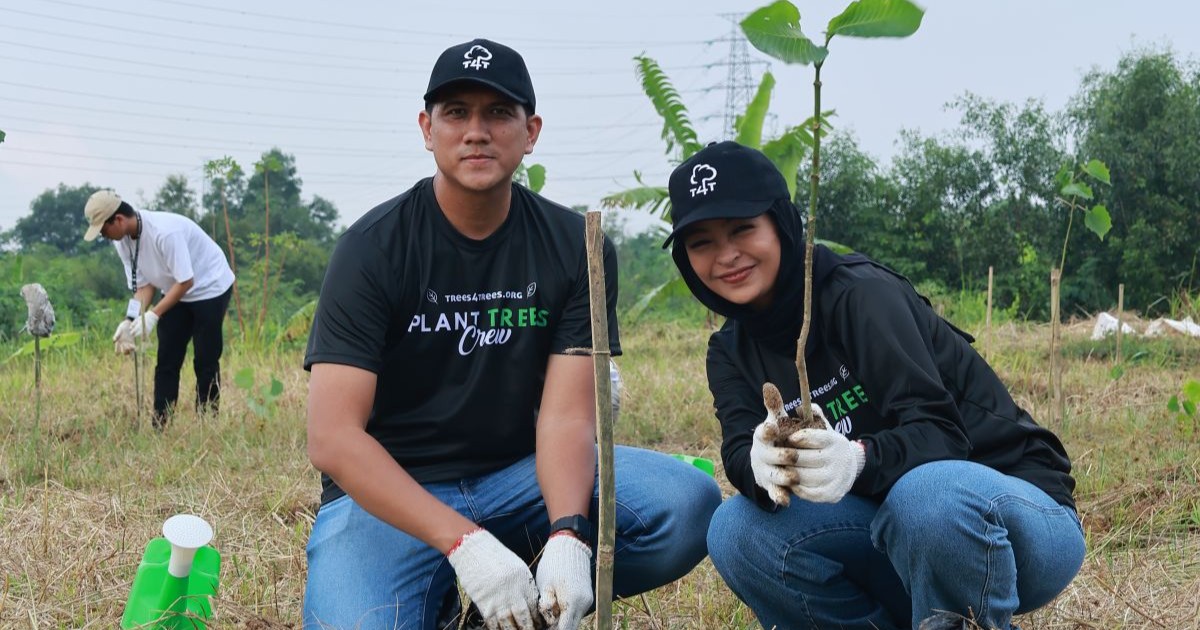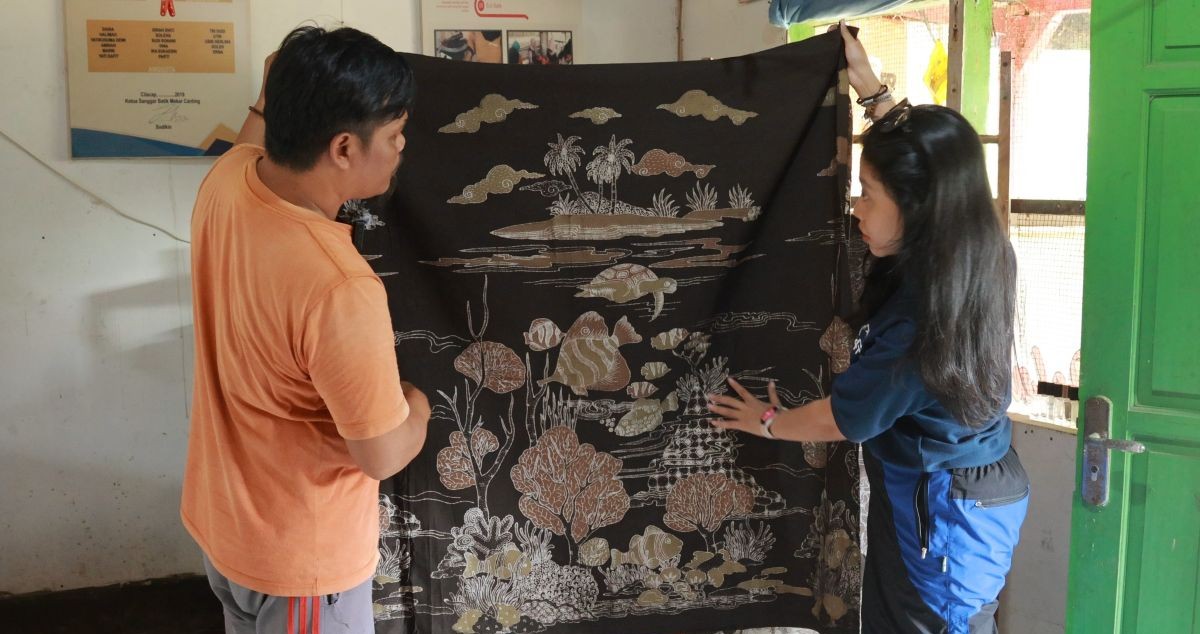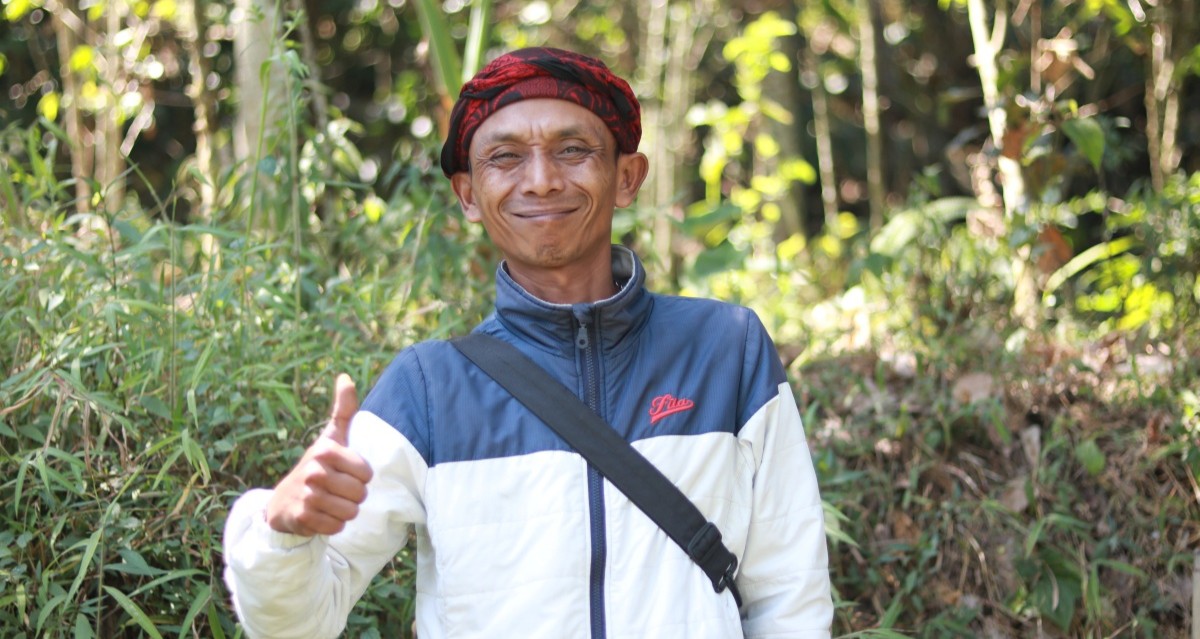Forestry is a vital component of the livelihoods of about 80 million people across Indonesia. Many millions of small-scale farmers (smallholders) also cultivate trees as an integral part of their farming systems. However, most smallholders fail to realize the full commercial potential of the trees they plant – leading to difficulty to find a fair channel to the market. The changing dynamics of rural economies make it difficult for smallholders to understand the commercial value of forestry compared to other land-uses, so often they under-invest in their forest enterprises.
Smallholders are often grow a mixture of crops for both cash and self-sufficiency. They were common places in the Global South because the land has low associated costs, can provide food and resources for families, and it’s adaptable to varying market demands. Unlike largescale industrial farming, smallholdings were not reliant on industrial inputs, making them much more self sufficient. They were focusing on governments as we shift towards a more sustainable future and aim to meet the Sustainable Development Goals (SDGs).
The Indonesian government policies encourage its forest industries to source supplies from sustainably managed plantations and Community-Based Commercial Forestry (CBCF). ACIAR (Australian Center for International Agricultural Research) the Indonesian Government and several leading forestry research institutions made a collaborative research project to study and improve the outcomes for community forests, they were:
- University of Sunshine Coast (USC), Queensland, Australia
- Australian Agroforestry Foundation (AAF), Victoria, Australia.
- Centre for Research and Development on Social, Economy, Policy and Climate Change (FOERDIA Bogor)
- Environment and Forestry Research and Development Unit Makassar (FOERDIA Makassar)
- University of Gadjah Mada (UGM), Yogyakarta, Indonesia
- University of Mataram (Unram), Mataram, Indonesia
- Trees4Trees (Bumi Hijau Lestari Foundation), Semarang, Indonesia
This project sites were in Bulukumba (South Sulawesi), Gunungkidul (Yogyakarta), Pati (Central Java), South Lampung (Lampung), and Boalemo (Gorontalo). The general objective of this project is to properly understand how smallholders manage their land, ensuring CBCF will be successful to increase smallholders’ income, and making sure national policies can be adapted and implemented effectively across the whole nation.
It was a five-and-a-half-year study that was built upon 10 years of an earlier research project. Overall, over 15 years of study went into the final result. The result was showing that a small forest of sengon (Paraseriathes falcataria) could generate return of 20% and a small forest of teak (Tectona grandis) could generate return of 15%, if well managed. By investing in education for farmers and the value chains used when selling their forest products, smallholders can be much better prepared and adaptable for the future. By supporting these smallholders through courses which not only develop farming and silviculture techniques, but also personal skills, it gives them the knowledge they need to be able to adapt to a changing world and optimise both on- and off-farm ventures.
The project was beneficial for smallholders as it gives valuable insights. As we all know, sustainable forestry means a healthier environment for everyone. With these developments, and the streamlining of bureaucracy through improvement of government agencies, the Indonesian timber value-chains can flow smoothly and add value for everyone involved, making CBCF a flourishing and profitable enterprise.
